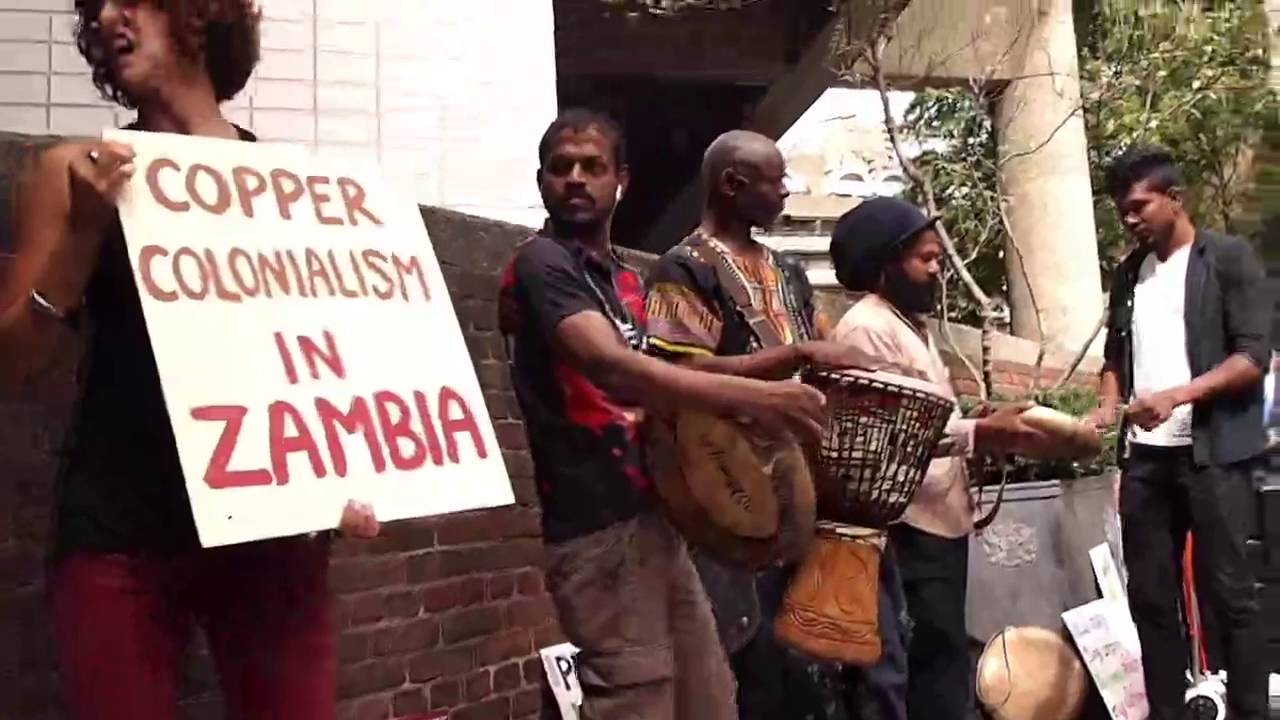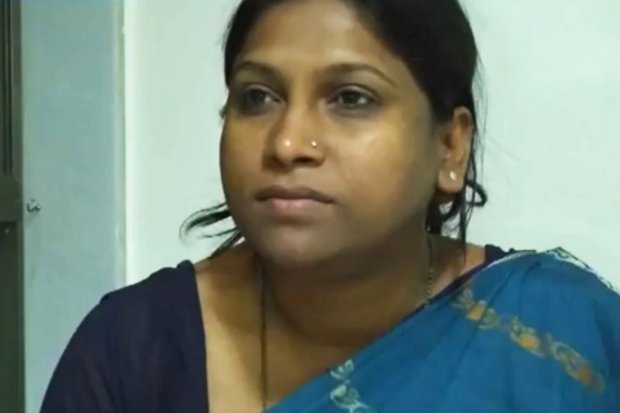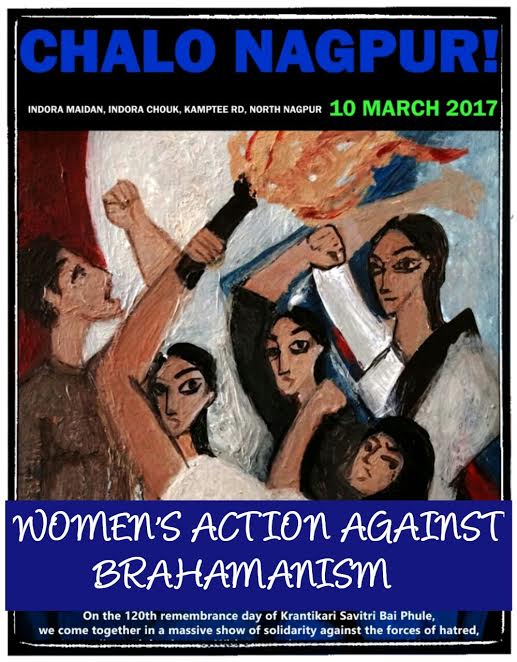Umar Nizar
 Marxism has been critiqued variously for its occasional elitism and casteism. But the Freudian establishment in India, a flourishing one at that, has escaped criticism. Ashis Nandy, has so far been Indian psychoanalysis’ fall guy. He has managed to create controversies in virtually every public platform that was given to him. His antics at the annual Jaipur Literary Festival were the stuff of primetime television. Sanjay Subrahmanyam has taken him to task for mistakenly using the term ‘convivencia.’
Marxism has been critiqued variously for its occasional elitism and casteism. But the Freudian establishment in India, a flourishing one at that, has escaped criticism. Ashis Nandy, has so far been Indian psychoanalysis’ fall guy. He has managed to create controversies in virtually every public platform that was given to him. His antics at the annual Jaipur Literary Festival were the stuff of primetime television. Sanjay Subrahmanyam has taken him to task for mistakenly using the term ‘convivencia.’
”When pressed, he [Nandy] refers to the Ramayana and the Mahabharata, as if these were the sum total of India’s past. His own knowledge of colonial history is essentially limited to the British, and to Bengali authors under the colonial rule. What sort of intellectual resources are these, if not those of the ‘dominant, colonial culture of India’s knowledge industry’?”
– Subrahmanyam, Sanjay. ‘The Myth of Indian Civilization.’
The other star in the celestial firmament of Indian psychoanalysis is Sudhir Kakar, who currently resides in Goa with his wife. He apparently is the father figure of Indian psychoanalysis. His suzerainty has never been questioned. Every psychotherapist worth his/her certificate from Rehabilitation Commission of India, keeps a few of his tomes in the consulting room. Another luminary, Salman Akhtar confines himself to libertarian quips such as ‘poetry is one person therapy and therapy is two person poetry.’
But what the psychotherapists are ‘collectively’ doing is the destruction of the individual subject. Under the gaze of the psychotherapist, the patient, seated in the chair withers into a non-entity. The analysand, not looked at, and etherized on the couch suffers a meltdown. This happens at a moment when the subaltern movements in India have gained momentum and are on the verge of attaining much denied agency for themselves.
The Jewish filmmaker Woody Allen once when asked about God replied: ‘try getting a plumber on Sundays!’ The same could be said of therapists. It is a seller’s market. There is a thriving sub-culture in the metros where the moneyed elite throng the chambers of therapists old and young, experienced and novice. The consulting fees start from Rs.1000 charged by newly qualified therapists for a 45 minute session to upwards of Rs. 4000 for more qualified and experienced practitioners. There are multiple modes as well of which the dominant one is the psychodynamic therapy. Dance movement therapy and art-based therapies are more creative and respectful of the individual self.
Not only is psychotherapy an elitist and expensive mode of treatment in India, it is also closed to the realities of Indian life. The elephant in the room is caste, which is the source of traumatic experiences across all caste groups in India. But this is treated as a swamp into which the psychotherapist is loath to enter for fear that it would pollute him/her and result in both therapist and patient sinking together into its muddy depths. It takes one back to a Heideggerian luddite anti-modern Utopia not much different from that of the sangh brigade, though psychoanalytic conferences are never complete without profusions of inter-faith camaraderie and dramatics. The autonomy of the individual consciousness is systematically undermined by the so-called caste elite.
Psychoanalysts like Slavoj Zizek (who once infamously said that Gandhi was more violent than Hitler) are anathema to Indian Psychoanalysis and is seldom studied outside philosophy and literature departments. Empirical subjectivity comes down the hierarchy in the chain of psychoanalytic being which is dominated by the theoreticians.
Religious and caste violence are rarely touched upon, either in therapy or in the training of therapists. Gender violence thankfully is broached upon in some curricula and practices at least. The old caste formula that only collectives exist, and the individual does not exist are put into practice.
The central problem is that the Indian psychoanalytic movement has transplanted the western human into India without realising the caste and hierarchical nature of Indian psyche and society. It is as if every Indian would turn into the homo equalis at the very mention of the psychoanalytic deities. The model of pathologisation of African Americans in the United States by white therapists, is replicated here by Indian therapists.
What happens between therapist and patient in India is not an empirical tension of the wills, but a normativization of hierarchy. In couch therapy also, the visibility is denied to the analysand. Politics, as Jacques Ranciere says, is a field of visibility where everybody becomes visible to everybody else in action and utterance (Ranciere, ‘Ten Theses on Politics’). Psychoanalysis makes this impossible. It practices an ‘unseeability’ (metaphorical and otherwise) where the face of the other is simply not the Levinasian face of God.
Ashis Nandy once declared on the pages of the Outlook Magazine that the system in India will never allow Modi to become PM. But the very establishment has welcomed Modi in as the embodiment of the spirit of the times riding on his baarat horseback. The discourse of psychoanalysis has not permeated the Indian public sphere yet (Nandy’s frequent gaffes in public could be because of a limited acceptance of psychology). But once it does, it will be irreversible.
~~~
Umar Nizar is a Research Scholar in JNU. His poems have been published in the Ibex Press Year’s Best Selection, Vayavya, MuseIndia, Culture Cafe journal of the British Library, and also broadcast by the All India Radio.










